It’s easy to see how roasting a potato, frying an egg, or microwaving some broccoli changes how those foods look and taste. But have you ever wondered how it changes their nutritional value?
For a lot of foods, cooking is a necessary step towards becoming edible – think raw eggs or chicken. For other foods, all that steaming, roasting, and sautéing is purely about changing the taste and texture of the food.
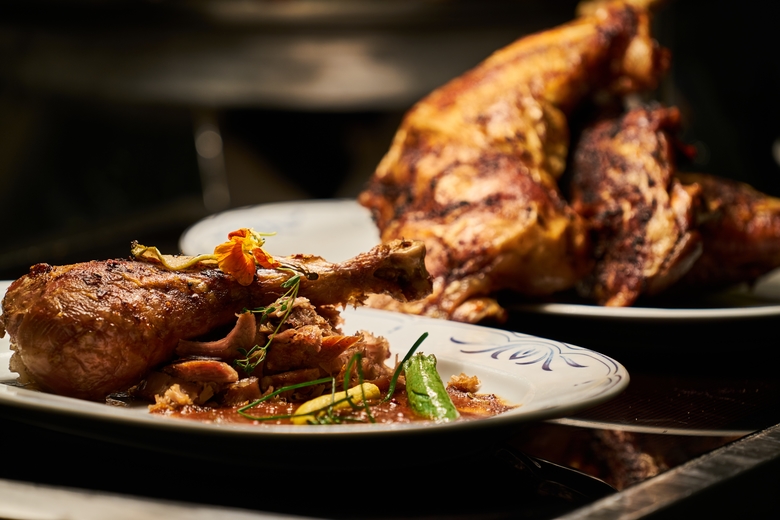 But processing our food doesn’t just change the taste. Whether we bake, fry or microwave, the chemical reactions at play can change its nutritional make-up too.
But processing our food doesn’t just change the taste. Whether we bake, fry or microwave, the chemical reactions at play can change its nutritional make-up too.
Losing (And Gaining) Vitamins Through Cooking
When it comes to making the most of vitamins through cooking, there is no clear-cut answer.
 Some vitamins found in vegetables are water-soluble, which means if you boil them (and don’t drink the cooking water) you’ll be draining away a significant amount of nutrients. Both Vitamin C and the B vitamins dissolve in water and can be lost during cooking in this way.
Some vitamins found in vegetables are water-soluble, which means if you boil them (and don’t drink the cooking water) you’ll be draining away a significant amount of nutrients. Both Vitamin C and the B vitamins dissolve in water and can be lost during cooking in this way.
Cooking Tip:
One study found that steaming broccoli was the best way to cook it in order to retain nutrients (including vitamin C), and that stir-frying combined with boiling led to the most losses.
Other methods of cooking make some vitamins more bioavailable. Beta-carotene, for example, is an antioxidant that converts to vitamin A and is found in carrots, pumpkin, and fenugreek. When you stir-fry these vegetables you actually make that beta carotene more bioavailable, meaning your body can absorb more of it.
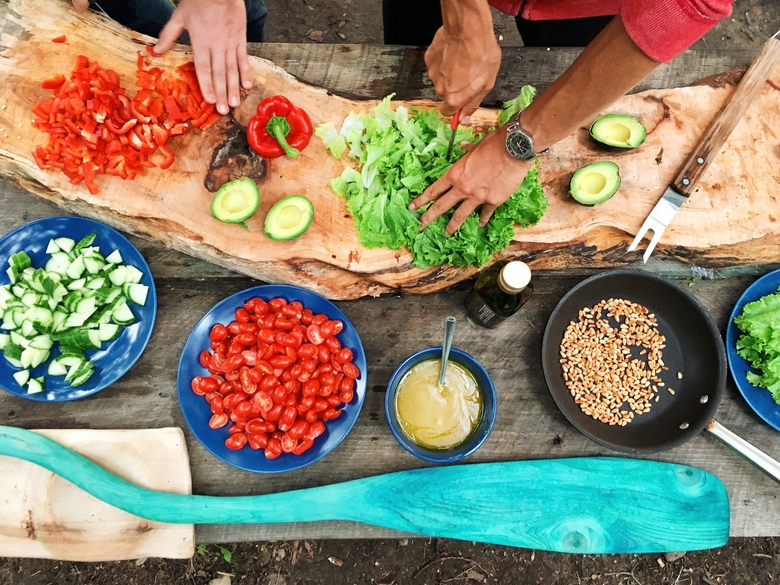 Another antioxidant called lycopene, found in tomatoes, appears to be more readily absorbed into your blood when tomatoes are cooked in olive oil, rather than without it.
Another antioxidant called lycopene, found in tomatoes, appears to be more readily absorbed into your blood when tomatoes are cooked in olive oil, rather than without it.
Roasting And Baking Effects Nutrition?
Proteins in food are denatured (i.e. they lose their structure) when they are heated during cooking. It’s what happens when an egg goes from translucent to white when it’s fried, and is good news for us, as it makes the food more digestible.
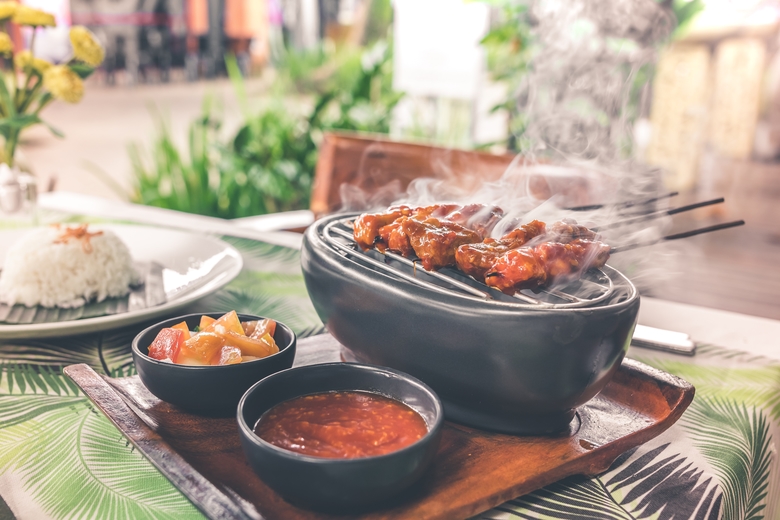 But when natural sugars, like fructose or lactose, that are also present when you heat up your food, something called the Maillard reaction can occur. Also known as nonenzymatic browning reaction, it is why meat browns when its roasted, and is caused by sugar reacting with the amino acids from protein.
But when natural sugars, like fructose or lactose, that are also present when you heat up your food, something called the Maillard reaction can occur. Also known as nonenzymatic browning reaction, it is why meat browns when its roasted, and is caused by sugar reacting with the amino acids from protein.
It’s not just browned meat that’s made using the Maillard reaction. Baked cookies and pastries, toast, and even caramel made from milk and sugar all get their distinctive flavors from it too.
Is Too Much Browning Bad For Us?
One of the products of the Maillard reaction is a molecule called acrylamide. It’s a normal product of the reaction, but in studies on animals, scientists have shown that acrylamide has the potential to damage DNA, so it has been linked to cancer.
In 2017, advice from the Food Standards Agency in the UK on how to avoid producing acrylamide during cooking led to headlines like: “Browned toast and potatoes are ‘ potential cancer risk.’”
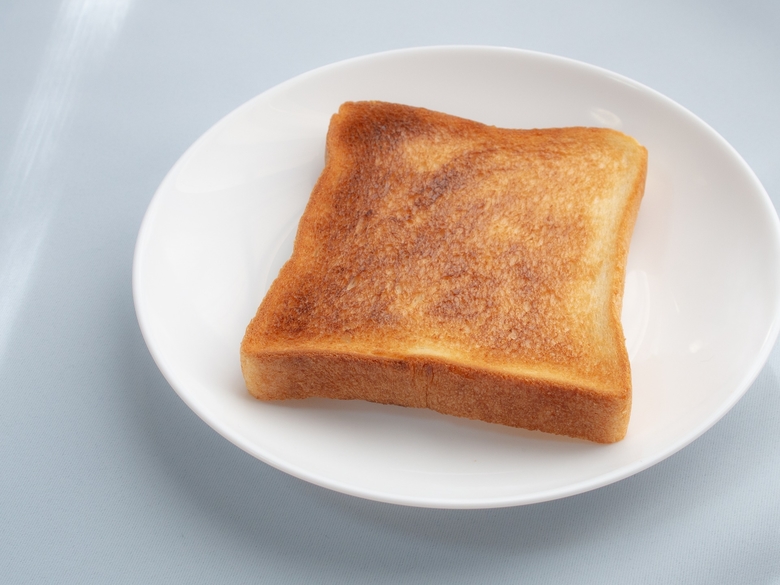 Some of the headlines at the time were overblown, and the link between acrylamide and cancer has not yet been shown in humans. But, if you want to stay extra safe you can start by not overcooking your roast potatoes.
Some of the headlines at the time were overblown, and the link between acrylamide and cancer has not yet been shown in humans. But, if you want to stay extra safe you can start by not overcooking your roast potatoes.
Acrylamide forms when you cook starchy foods at a temperature above 120ºC for a long time, so you can limit the amount that forms by reducing cooking times and aiming for golden-yellow roasties rather than deep brown ones.
Can Smart Appliances Help?
While some cooking often helps make food more digestible and gives your body better access to nutrients, overcooking can mean losing nutrients unnecessarily. Some new food tech has promised to fix this.
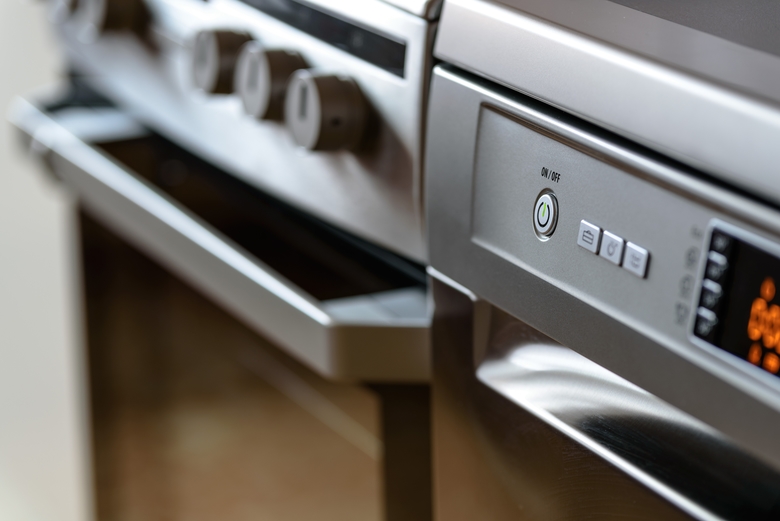 Smart appliances, like ‘intelligent’ ovens, promise to help you cook a range of foods to perfection and not overdo them. Or if you want to make sure your meat is cooked all the way through to a safe temperature, a smart meat thermometer can be helpful around the kitchen.
Smart appliances, like ‘intelligent’ ovens, promise to help you cook a range of foods to perfection and not overdo them. Or if you want to make sure your meat is cooked all the way through to a safe temperature, a smart meat thermometer can be helpful around the kitchen.
But if you’d rather just stick with your bog-standard kitchen appliances, that’s okay too. When it comes to getting nutrients from your food, the main thing is to choose the most nutritious foods to eat in the first place. After that, make sure you cook vegetables for as short an amount of time as you can get away with, in as little water as possible, and you’ll be just fine.
Guest Author Bio: Kelly Oakes is a freelance writer covering science, health, and technology. She’s written about everything from giant fatbergs clogging sewers to the heat death of the universe. Kelly has written for New Scientist, the i paper, BBC Future, Nature, Women’s Health, and more. Previously she was science editor at BuzzFeed UK. See more content like this at FoodUnfolded.







